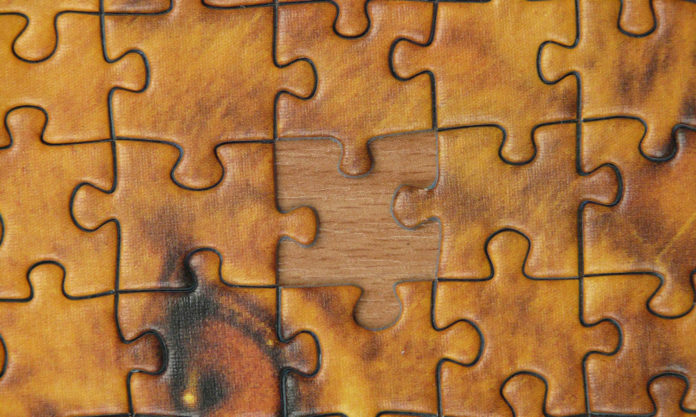
In a new post, Janice Hardy says scenes are easier to master if you can break them down into their component moments. “Scenes are easier to write when you break them down into bite-sized pieces. Especially if it’s a scene with a lot going on,” she says. “We can get scope-locked on how it ends, or one critical element, or trying to set the scene or show the world building—and that can make the entire scene feel hard to write.”
When Hardy is stuck in a scene, she takes her outline and divides it up beat by beat, or outline sentence by outline sentence. “This allows you write out each moment without worrying about the next, and work your way through the scene more easily,” Hardy explains. “You’re not writing the whole scene, just this tiny piece of it. That’s a lot less intimidating.”
Once you’ve broken out your beats, start turning your summary sentences into “moment pieces.” For example, if your summary says two characters have an argument, break out how the argument starts, fill in a bit of dialogue, and find assign actions and emotions. Now you have a longer outline that is starting to mirror your finished scene, even though it’s not written yet.
Hardy shares some detailed examples of a summary and how she would break it down into smaller, easily digested pieces. “Breaking the scene into individual moments helps remind you what matters and why,” she says. “It gives you a chance to think about what every line in your summary means, and why it’s there. It’s more than just showing what happened or describing a bit of history, it’s moving the story in a meaningful way.”











